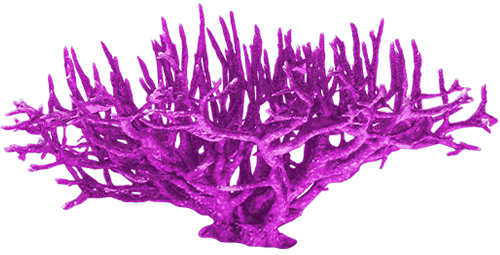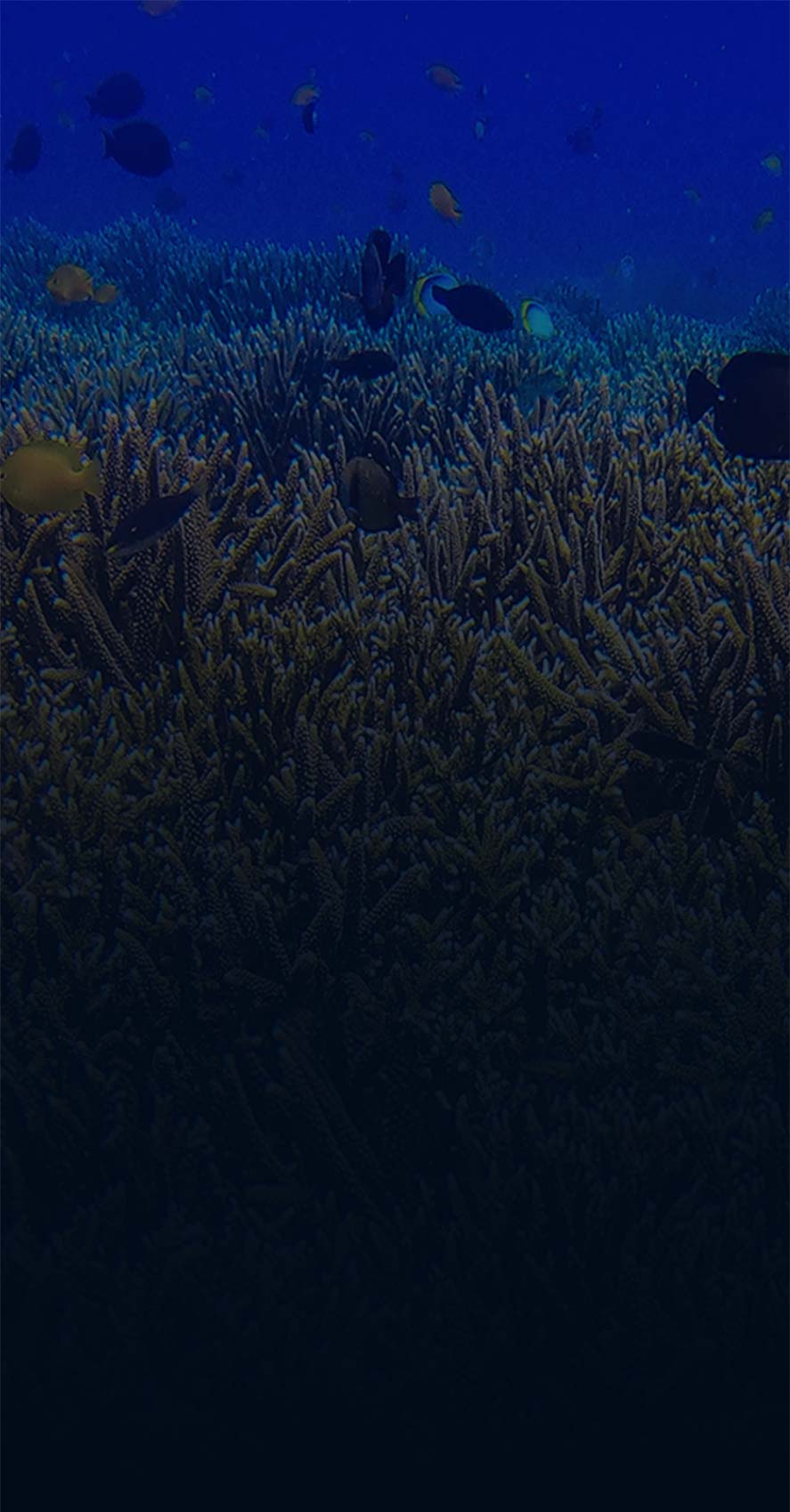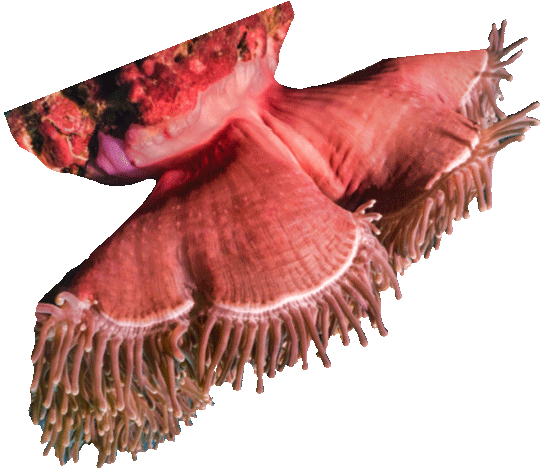
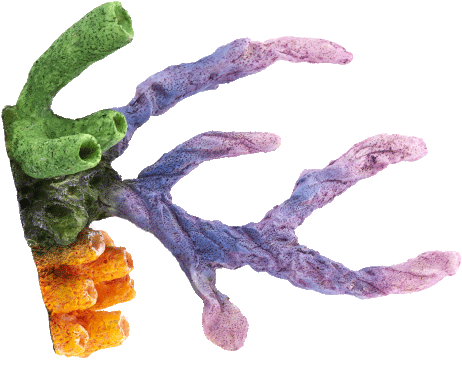
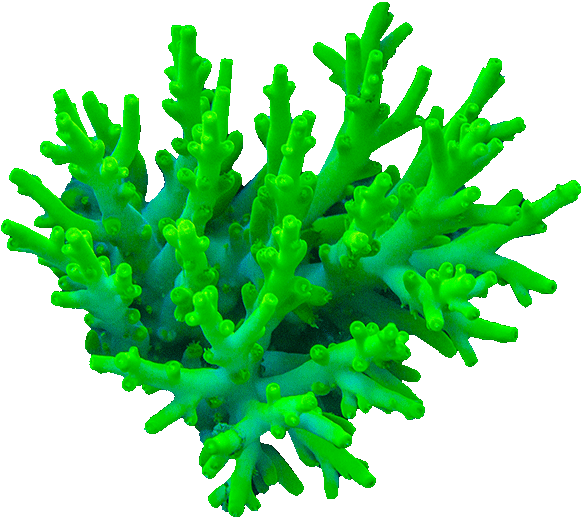
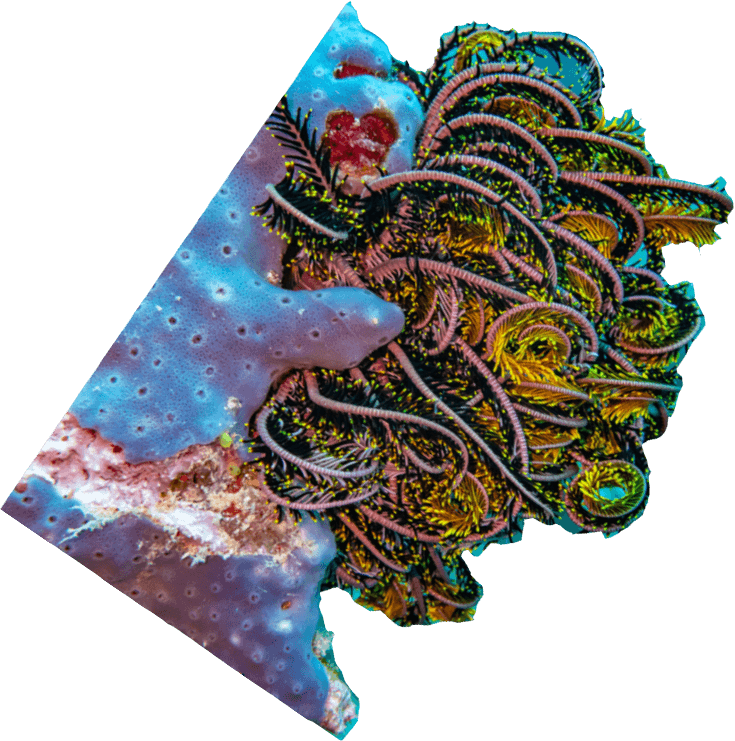
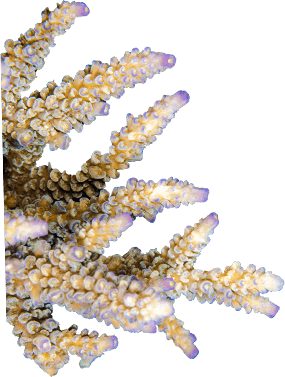
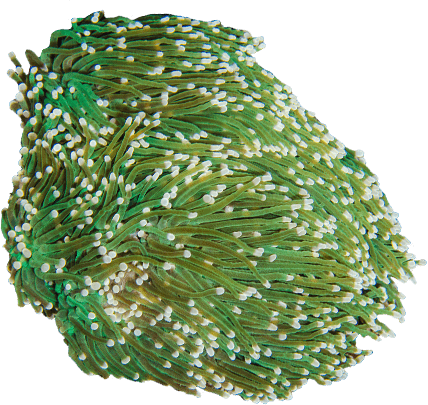






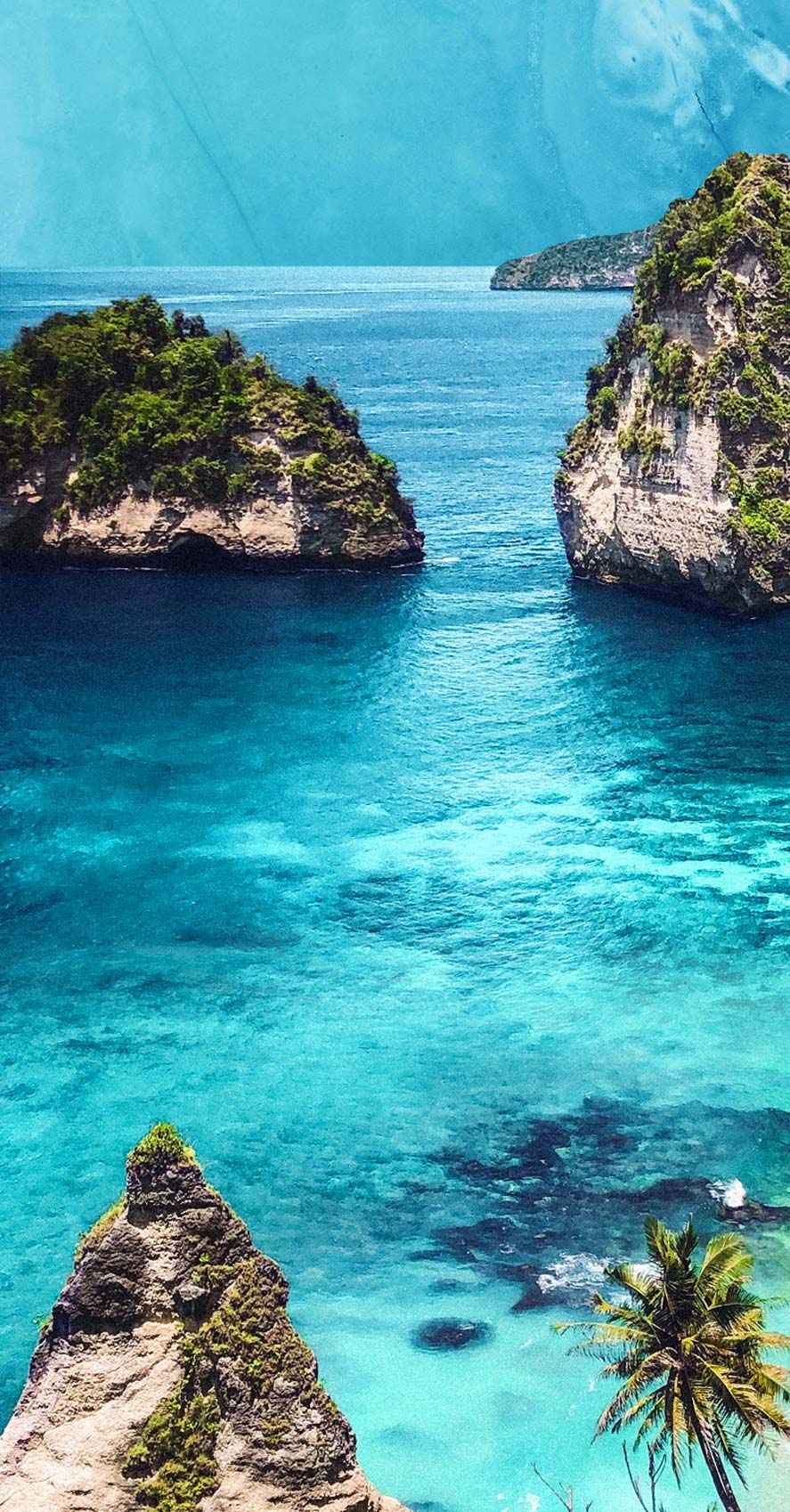












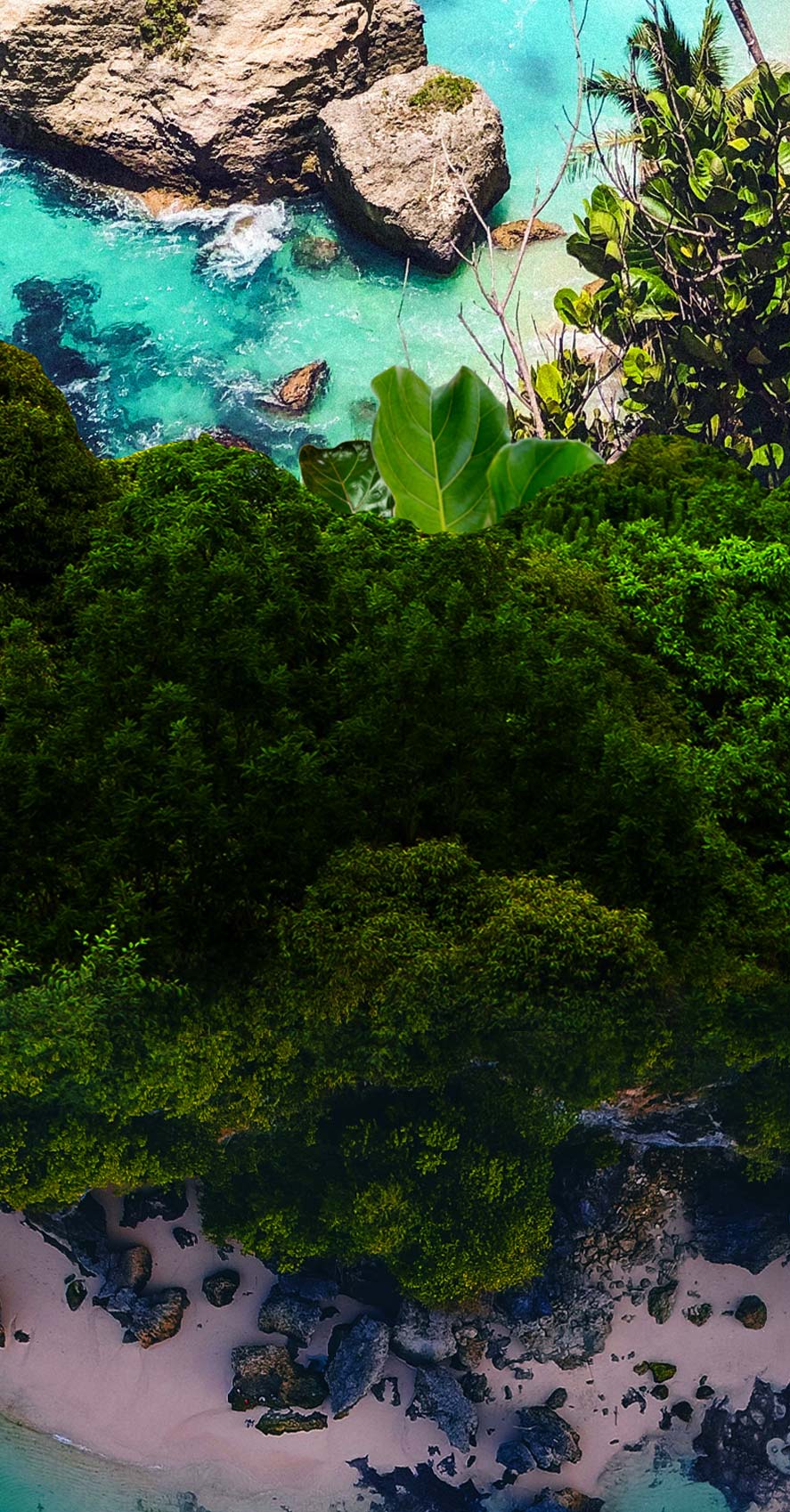
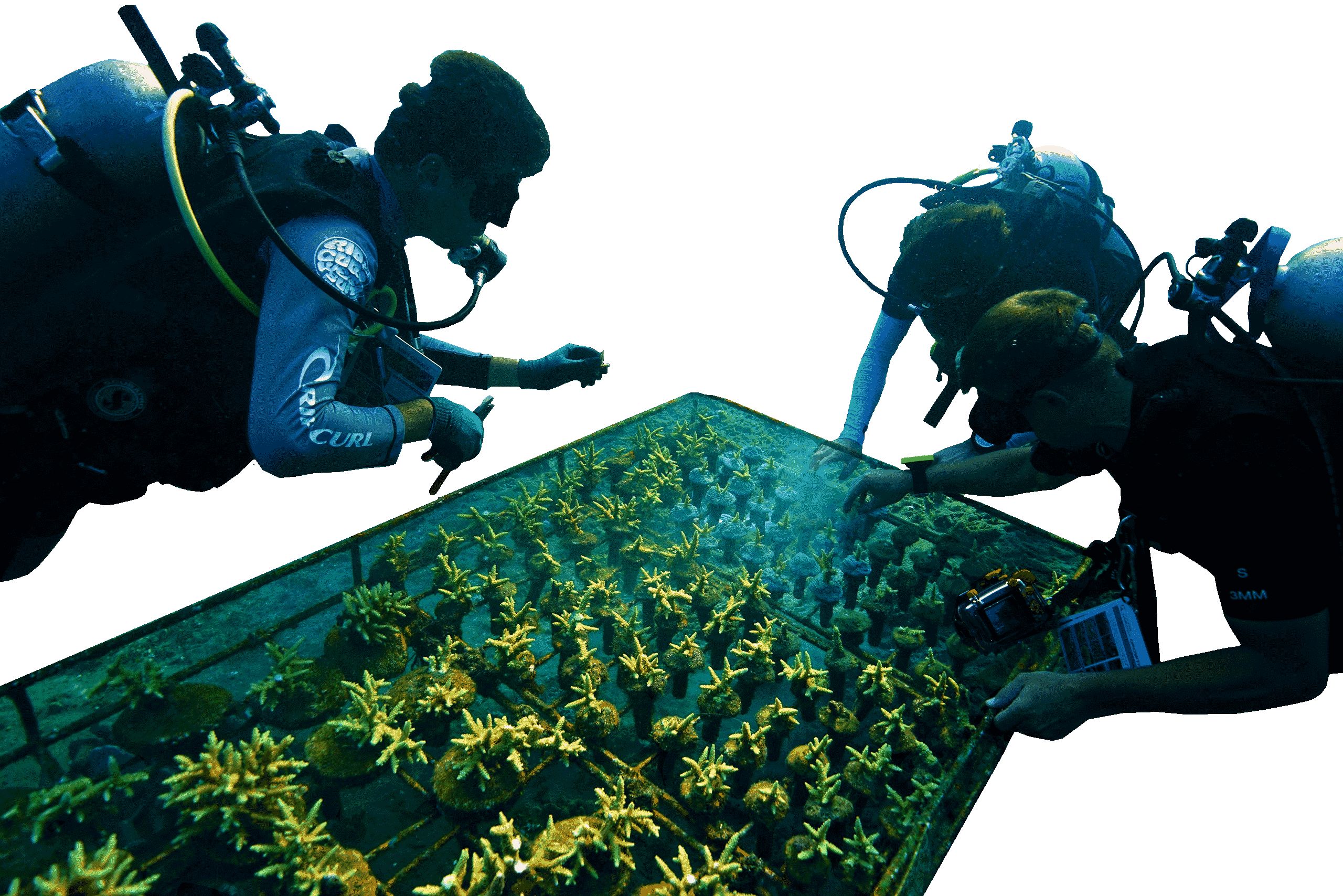

+
Rope Lines
The rope lines are made of natural fibers, so they won’t pollute the ocean or damage any sea creature’s habitat.
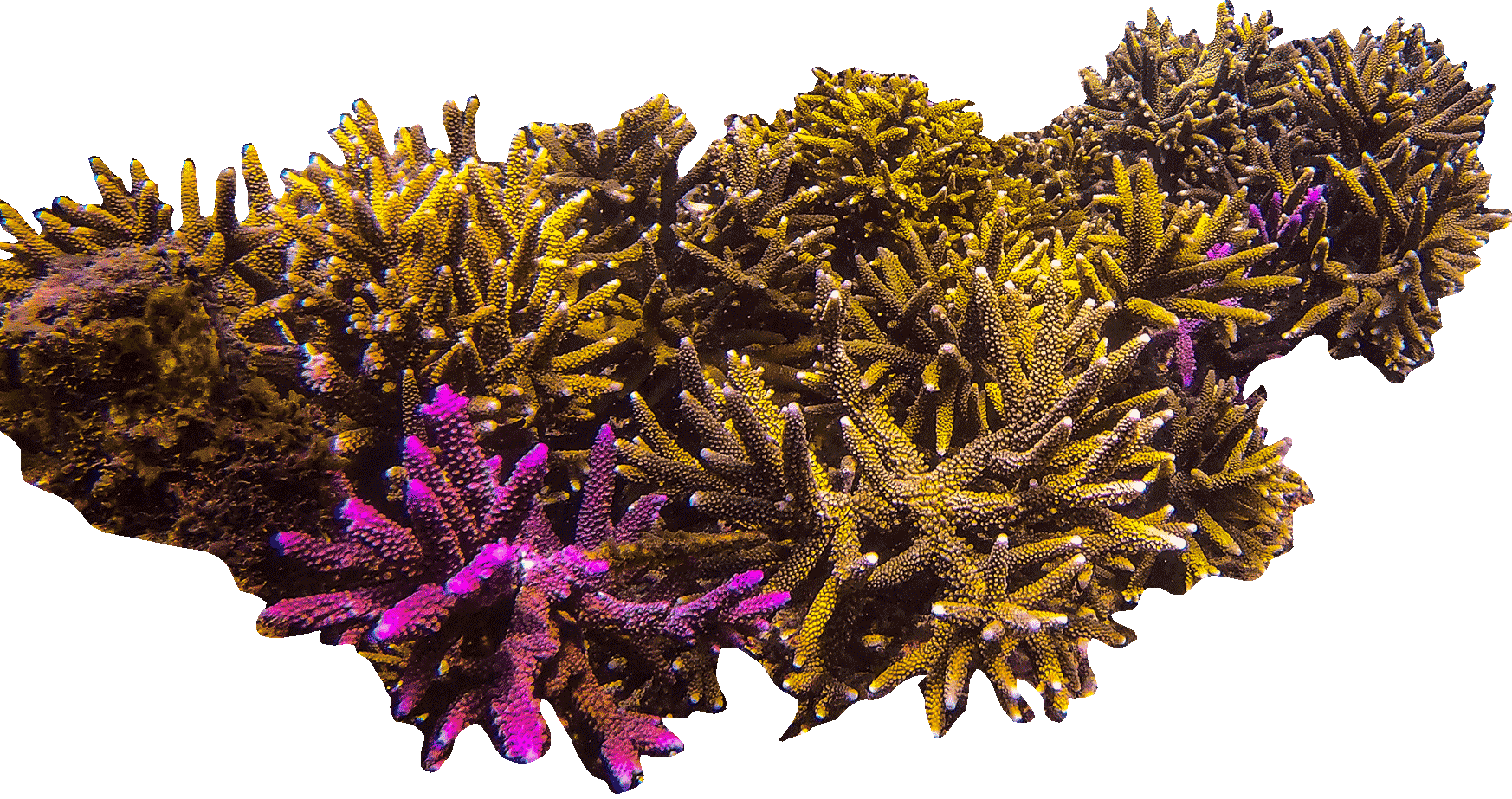
+
Coral Species
Once our Acropora coral has been transplanted from the nursery, additional coral species will be brought in from other nurseries in Bali and introduced to the restoration site to increase diversity.
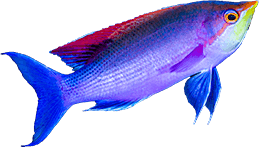
+
Biodiversity
The coral reefs of Nusa Penida are home to 296 species of coral and 576 species of fish.
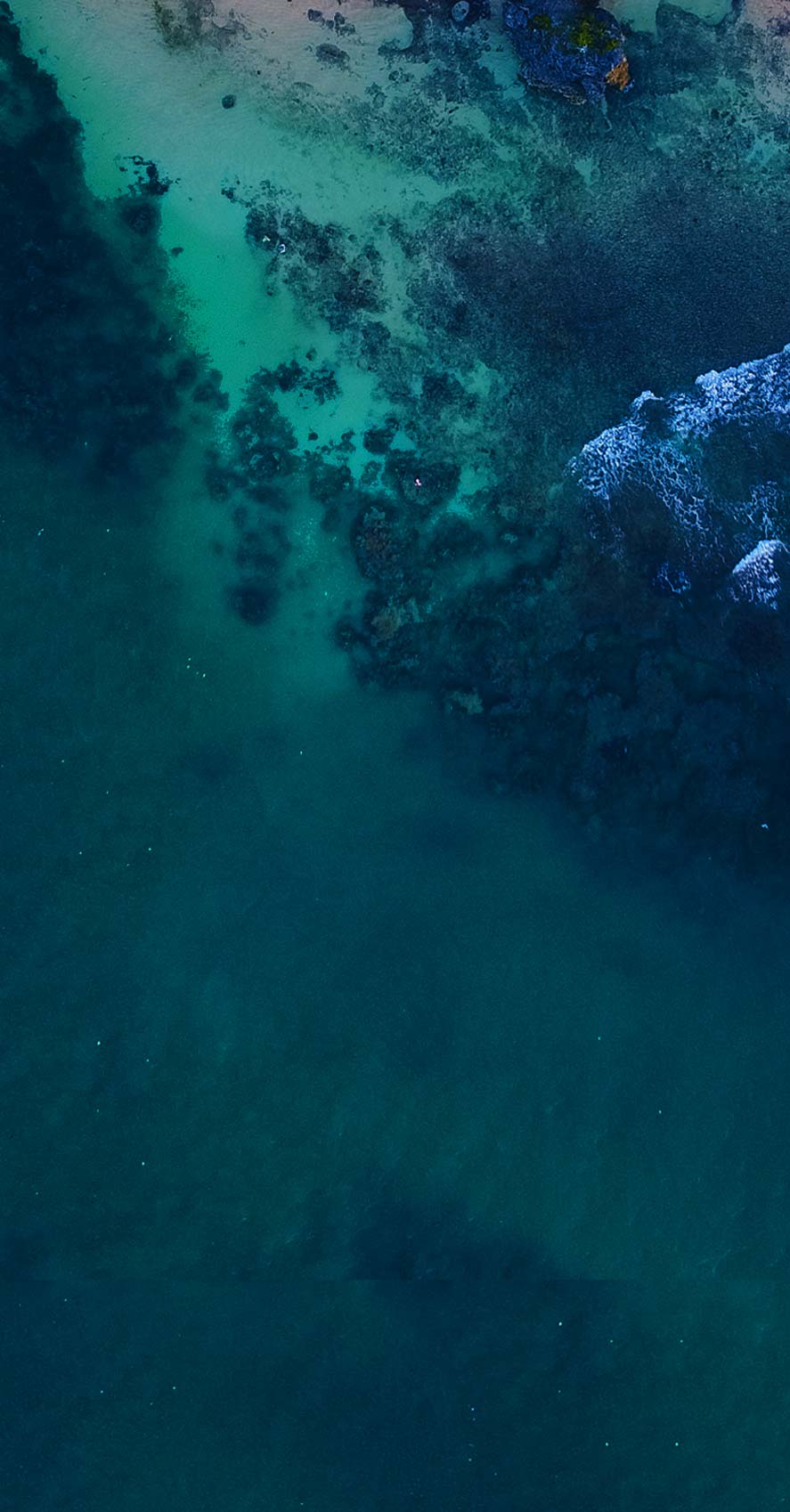
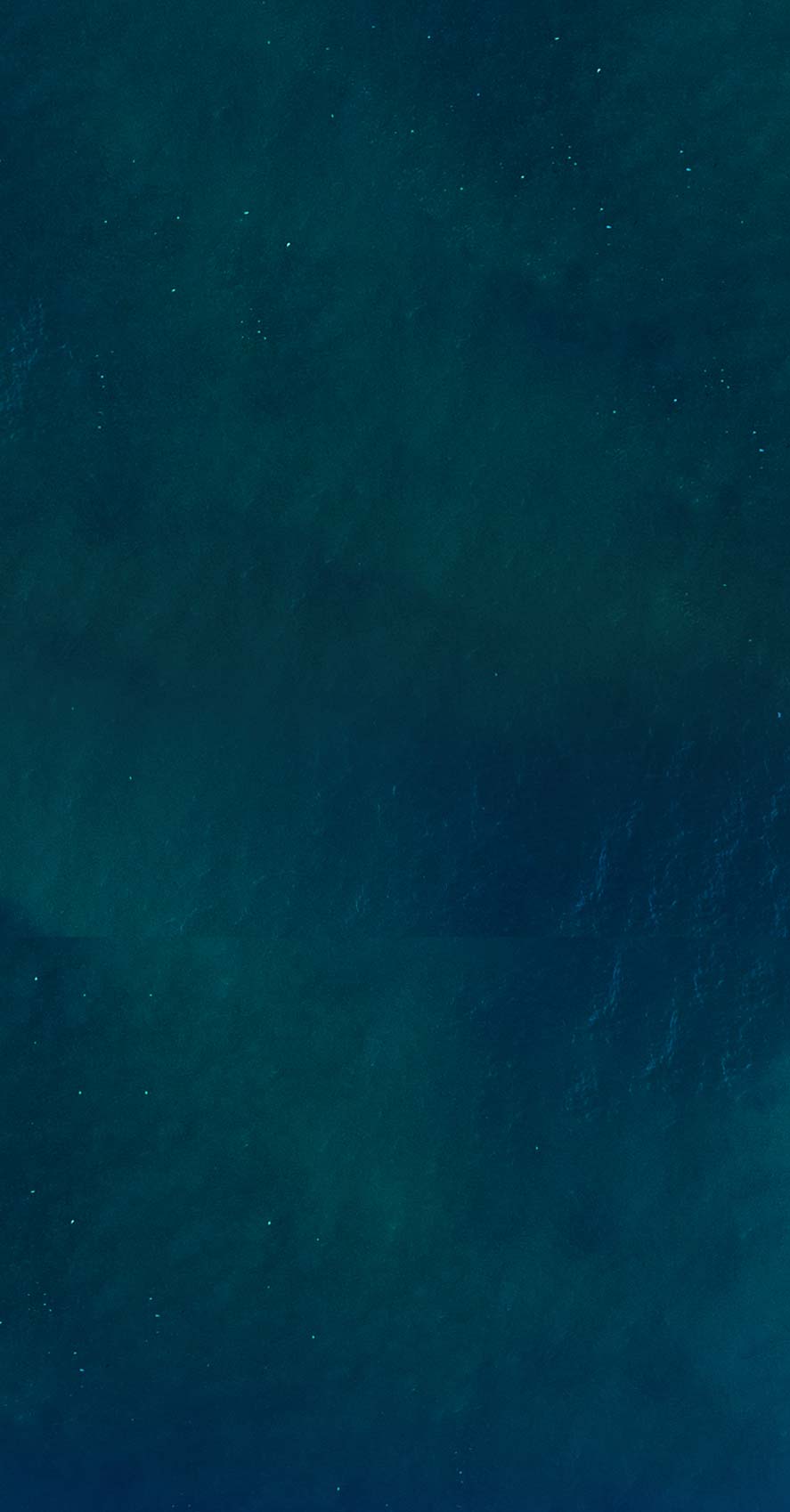


+
Rope Lines
The rope lines are made of natural fibers, so they won’t pollute the ocean or damage any sea creature’s habitat.

+
Coral Species
Once our Acropora coral has been harvested from the nursery, additional coral species will be brought in from other nurseries in Bali and introduced to the restoration site to increase diversity.
Step 3
After four or five months of monitoring and cleaning our coral as it grows, a snorkeling team will transport our coral to its new home, slowly dropping it to the restoration site on the ocean floor and securing it in place.
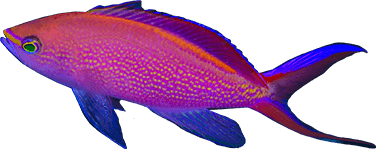
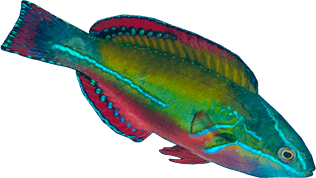
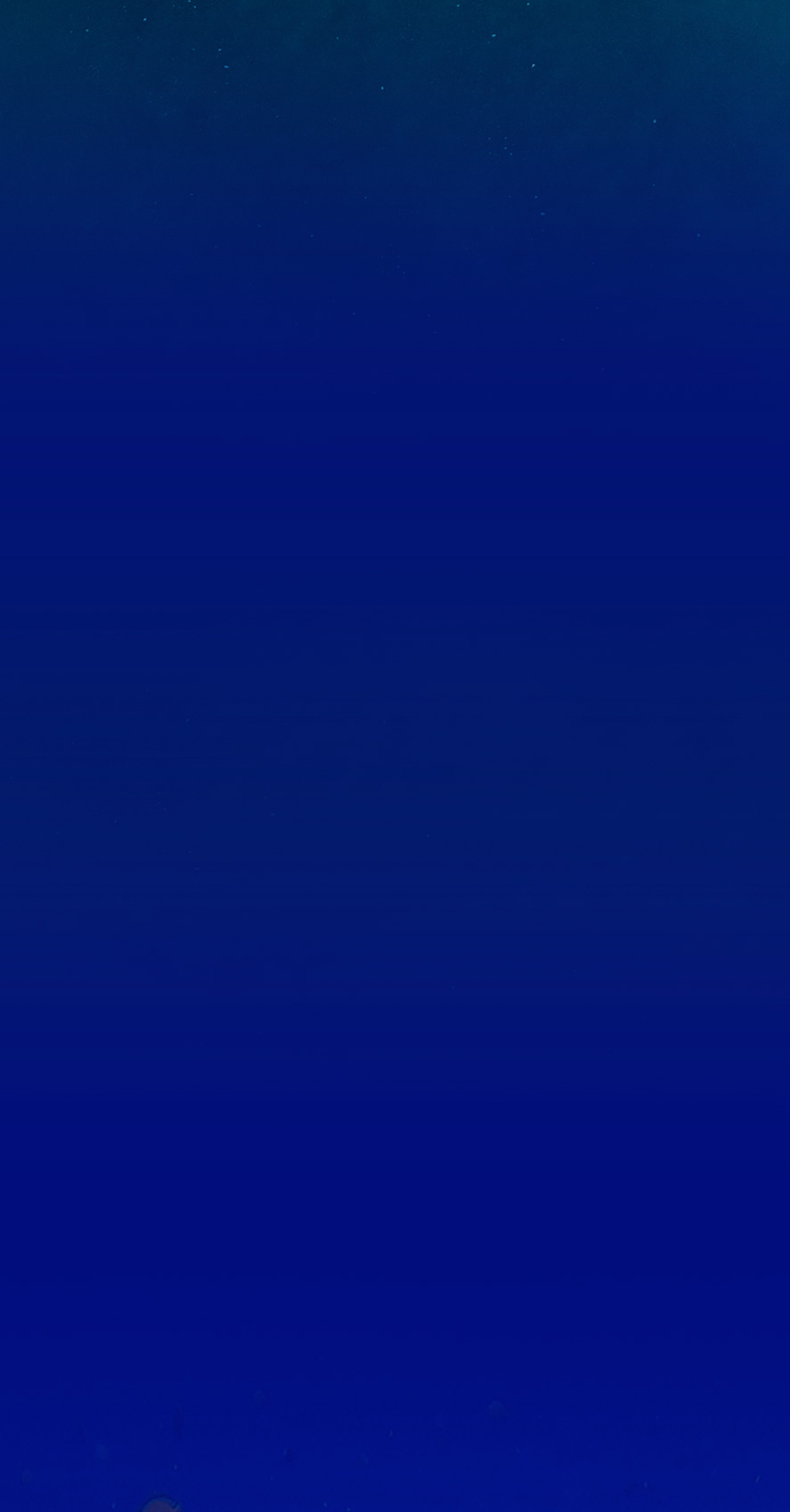
Step 4
Over the next two years, the team will carefully monitor and record our coral as they grow into a thriving ecosystem.
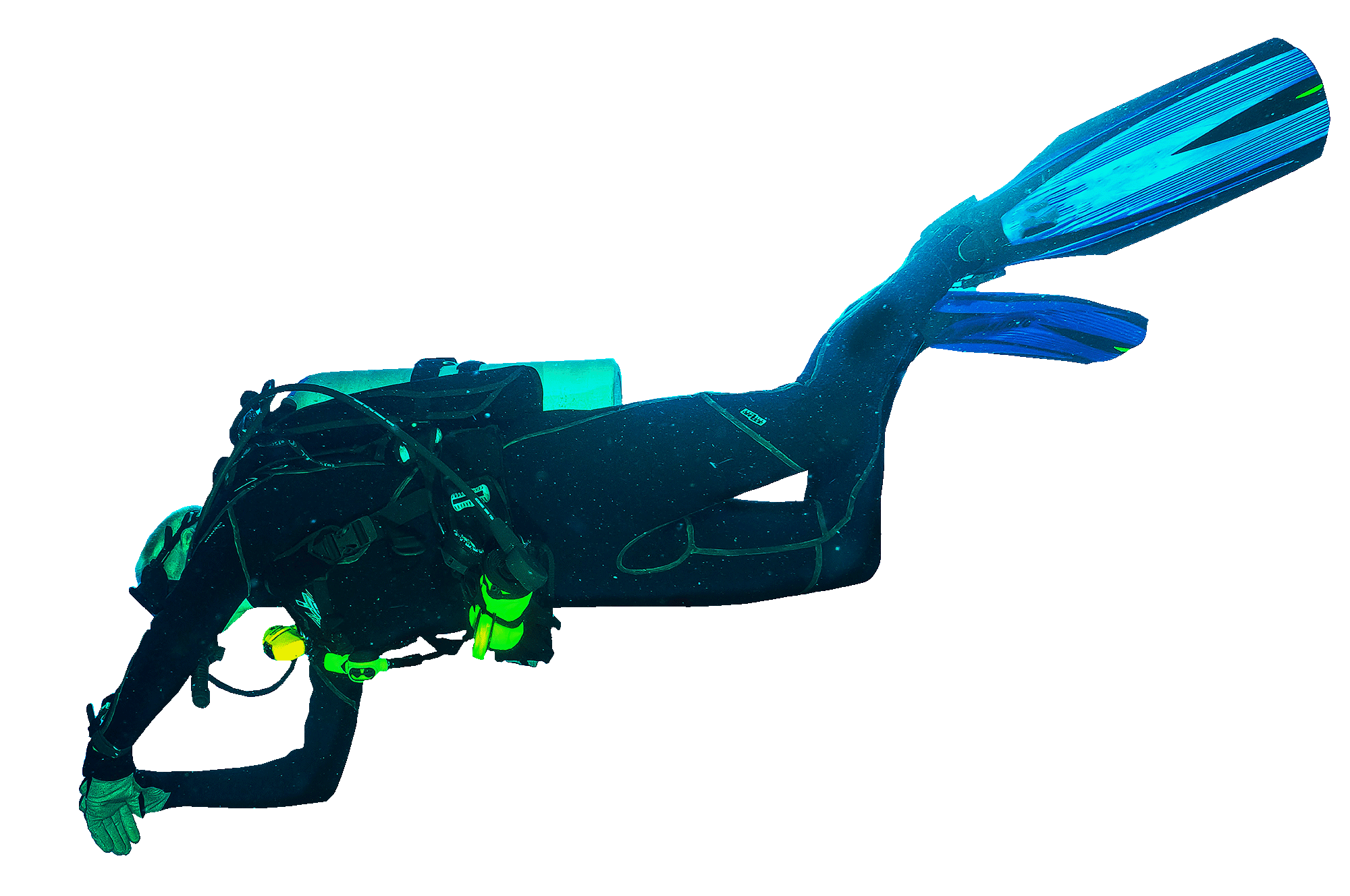
+
Dives
To document our coral’s progress, the SeaTrees team will complete four dives in the course of two years.
+
Footage
Underwater cameras will be used by the team to measure and keep a record of our coral’s development.


+
Footage
Underwater cameras will be used by the team to measure and keep a record of our coral’s development.

+
Biodiversity
The coral reefs of Nusa Penida are home to 296 species of coral and 576 species of fish.

